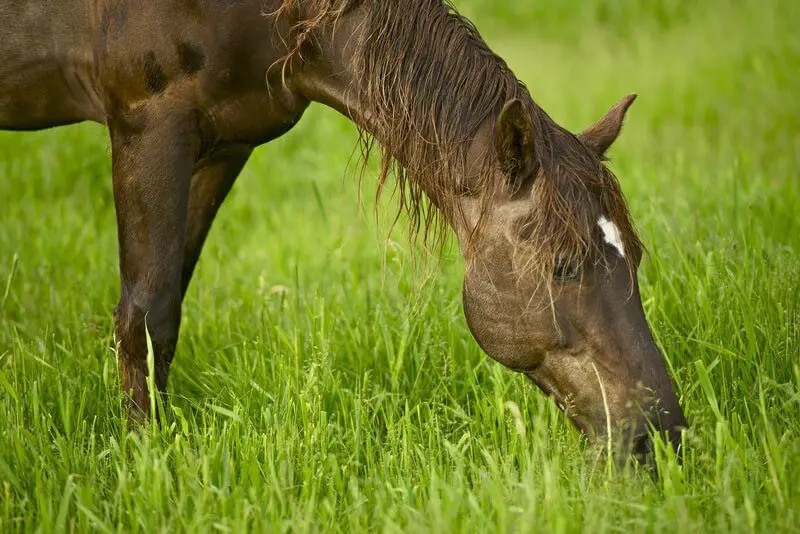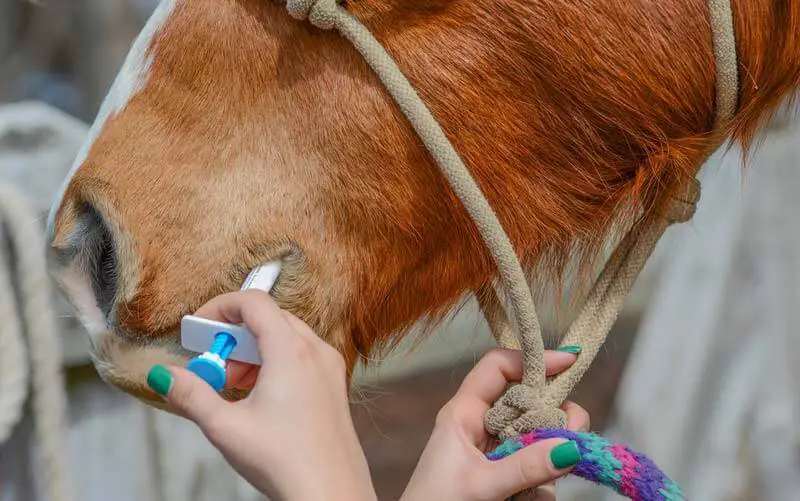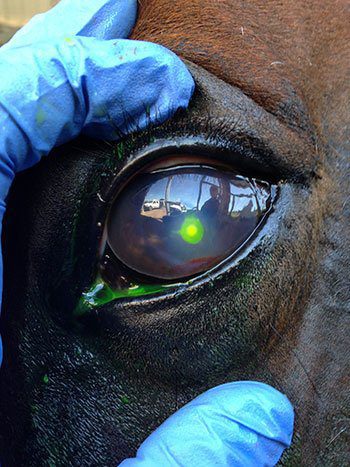
As a horse owner, it is important to be aware of the risks that come with spring grass growth. Horses love to graze and spring is the season when the grass is at its most nutritious, but it can also be the most dangerous. There are several risks that horse owners need to be aware of during this time of year.
One of the biggest risks is laminitis, a painful and potentially life-threatening condition that affects the horse’s hooves. This is caused by an excess of sugar in the grass, which can lead to an overload of insulin in the horse’s system. Other risks include colic, which can be caused by a sudden change in diet, and weight gain, which can lead to obesity and other health problems.
It is important for horse owners to be vigilant during the spring months and to take steps to protect their horses from these risks. This may include limiting grazing time, using a grazing muzzle, or providing alternative sources of food. By being aware of the risks and taking appropriate action, horse owners can help to ensure the health and well-being of their beloved animals.
The Risks of Spring Grass Growth to Horses
Problem 1: Digestive Issues
I have observed that spring grass growth can be a risk to horses due to the high sugar content. This can cause digestive issues such as colic, diarrhea, and bloating. Horses that are sensitive to sugar should be monitored closely during this time.
problem 2: Laminitis
I have also noticed that spring grass growth can increase the risk of laminitis in horses. Laminitis is a painful condition that affects the hooves and can lead to lameness. Horses that are prone to laminitis should be kept off pasture during this time or have limited access.
Problem 3: Weight Gain and Obesity
Spring grass growth can also lead to weight gain and obesity in horses. This can put extra strain on their joints and increase the risk of other health issues. Horses that are prone to weight gain should have limited access to pasture and be fed a balanced diet. Weight gain also goes hand-in-hand with problem 2.
Problem 4: Nutrient Imbalances
Spring grass growth can cause nutrient imbalances in horses, particularly in terms of minerals such as calcium and phosphorus. This can affect their overall health and well-being. Horses should have access to a balanced diet and be monitored for any signs of nutrient deficiencies.
Problem 5: Behavioral Changes
Finally, I have observed that spring grass growth can cause behavioral changes in horses. They may become more excitable or difficult to handle. It is important to be aware of these changes and take appropriate measures to keep both the horse and handler safe. Overall, it is important to monitor horses closely during the spring grass growth period and take appropriate measures to mitigate any risks. This may include limiting pasture access, monitoring their diet, and being aware of any behavioral changes.



